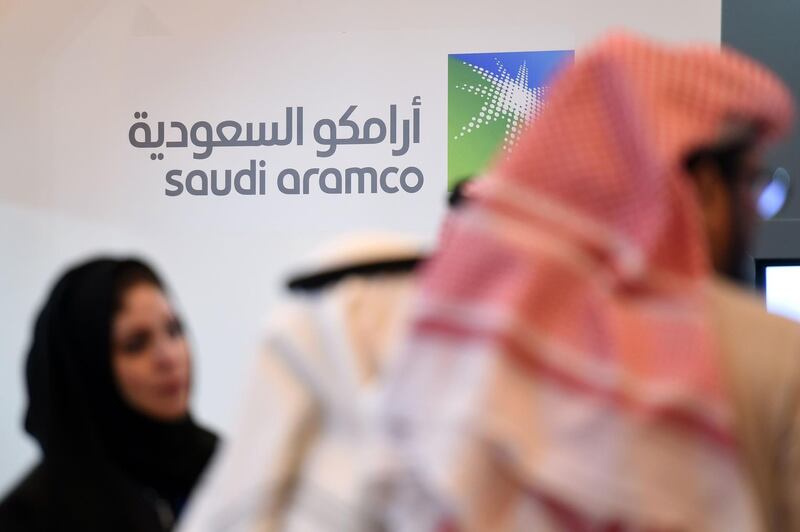The amount of debt issued in the Arabian Gulf by governments and corporations in the second quarter of 2019 hit a record $40 billion (Dh146.9bn) in the three months to June, breaking a previous record of $32bn set in the first quarter, according to a new report by National Bank of Kuwait (NBK).
About two-thirds ($26.8bn) of the debt issued during the quarter came from Saudi Arabia, and 82 per cent of the total was issued by government entities.
"This included a jumbo $12bn from Saudi Aramco as it looks to foster relationships with international investors ahead of its IPO scheduled for 2021 and in light of its plans to purchase a stake in SABIC [Saudi Basic Industries]," NBK's report said.
"Meanwhile, a rise in issuance from the region’s financial firms was supported by a reported surge in mergers and acquisitions, especially in the UAE and Saudi Arabia," it added.
NBK said that it expects debt issuance from Gulf countries to remain strong for the remainder of the year, driven by the fact that both global and local borrowing costs remain low, and that demand for bonds from regional issuers remains solid among global investors. Supply is also likely to remain healthy as regional governments continue to pursue expansionary budgets despite low oil prices.
Brent crude oil prices are forecast to average $64 per barrel this year, according to the US Energy Information Administration. At this level, Bahrain, Oman, Saudi Arabia and the UAE would all be expected to run a deficit, based on IMF estimations of fiscal breakeven oil prices published in April.
Investor demand for bonds, especially from sovereign issuers, has pushed yields lower.
Yields on medium-term (seven to eight year) sovereign debt issued by Saudi Arabia, Kuwait and Abu Dhabu dropped by 65, 61 and 60 basis points (bps), respectively, NBK said.
Bond yields have declined globally as investors have sought haven assets, with US 10-year treasury yields dropping by 41 bps during the quarter to 2 per cent.
Global bond yields have declined even further in recent weeks as investor concerns have grown about the state of the global economy and the negative impact of a US-China trade war.
"In fixed income, a flight to safety has cut developed market government yields sharply since 2018," said Stephane Monier, chief investment officer of Swiss private bank Lombard Odier.
"The US 10-year Treasury yield hit a multi-year low on 1 August, on the heels of the first Federal Reserve rate cut since 2008. The German sovereign yield curve has fallen fully into negative territory, and the stock of negative-yielding government debt globally now stands at $15.6 trillion," Mr Monier added.
By contrast, GCC government debt still offers healthy returns, ranging from 2.23 per cent for Abu Dhabi government bonds expiring in 2027 to 5.45 per cent for Omani government bonds with a similar duration.
NBK's report said investor demand for regional bonds has been supported by the fact that they are due to soon be included in JP Morgan's emerging market bond index.
"With $300bn in assets under management and an assigned GCC weight of 11.3 per cent in the EMBI index, the region is estimated to receive approximately $30bn in fund inflows," it said.








